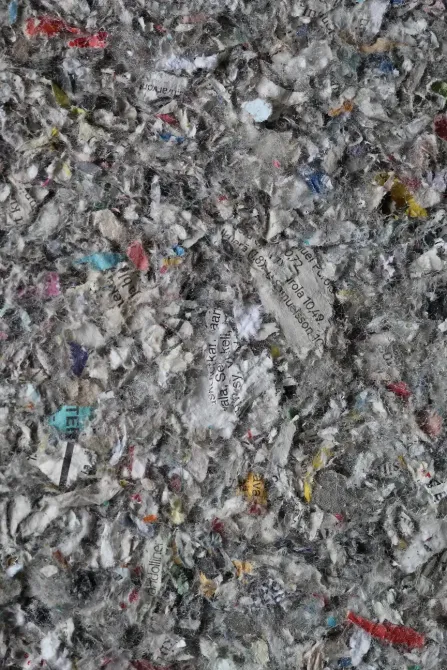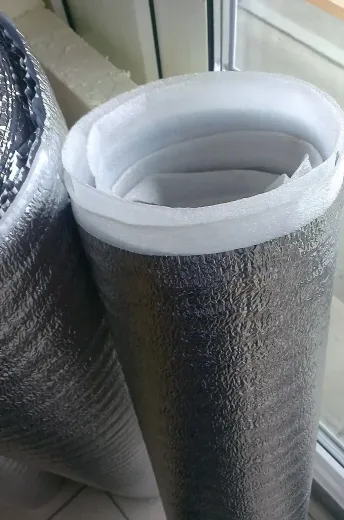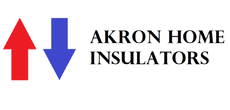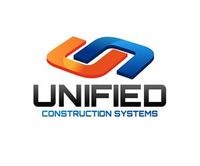Keep the weather outside this year...where it belongs
Insulation Options Explained
Every type of insulation for every type of need
Blanket Batts
Designed to be used for above-ground insulation in walls, floors and attics, great for filling gaps to avoid drafts, comes in a variety of thickness'. Must be installed before drywall is applied.
- Faced Insulation - Contains a paper liner as a barrier against moisture on one side, used in spaces where moisture can creep into homes such as outward facing basement walls
- Unfaced Insulation - Does not contain a barrier, used where moisture is not a concern like inner walls between rooms
- Rolled Insulation - Comes in large faced or unfaced rolls, excellent value for covering large areas and can be cut to the required size
- Pre-Cut - These come in large sheets, faced or unfaced, cut to industry standard ready for placement into basements, attics
Rigid Foam Boards
Excellent for use in basements or when in contact with masonry, holds up well against moisture, can be used above or below ground level. Good for use in flooring or ceilings, thin material that withstands compression well.
- Polystyrene (XPS) - Low priced, does not absorb moisture and highly compressible, often used in flooring, garages, and for sound dampening
- Polyisocyanurate - Has the highest R-value for the least thickness, contains a moisture resistant core, loses thermal resistance over time (30 years)
Blown in
Designed for existing or new walls, adds protection by blowing materials that trap heat into small holes drilled in siding or spread atop floor joists in attics. Varieties include fireproof, pest resistant, and noise dampening
- Cellulose - Eco-friendly option created from recycled wood or cardboard, treated against pests and mold growth and ideal for conforming around structures inside walls. Moisture exposure will compact cellulose and reduce thermal resistance. Higher price compared to fiberglass fill.
- Loose Fill Fiberglass - Most affordable blown in insulation, does not provide pest control, avoid contact with skin as fiberglass is an irritant
- Rock Wool - More expensive than other options, but highly resistant to fire, used in walls between structures such as a connected garage or apartment building.

Reflective Insulation
Designed for hot summers and installed in attic spaces, protects against radiation heat transfer as sunlight hits a rooftop. Saves on A/C costs by keeping internal temperature lower
Reflective - Contains a reflecting surface, usually aluminum foil or aluminized polyester, as well as an insulating layer. Low R-value alone, but when combined with an air gap, higher thermal resistance is achieved.
Radiant Barrier - Thin metallic barrier installed in attics below the roof. Does not insulate but effectively reflects heat, preventing absorption into homes

Spray Foam Insulation
Excellent for open rafter attics and basements can be used before or after drywall is applied, offers high R-value, able to insulate and seal small spaces or large. Can enhance structural integrity of the home. Superb air barrier, longer lasting but more expensive than other insulation types
Open Cell - Greatly expands up to 3 inches and remains flexible after application, eco-friendly option that uses water or carbon dioxide for propulsion, excellent air and sound barrier, additional vapor barrier required for contact with outer walls. More affordable than closed cell.
Closed Cell - Expands slightly to about 1 inch and dries to a hard layer with air pockets completely sealed and densely packed. Material is so rigid that it provides additional support and integrity for the home or building. Long lasting, more expensive than other alternatives, but provides additional benefits that others do not. Excellent air and moisture protection.


